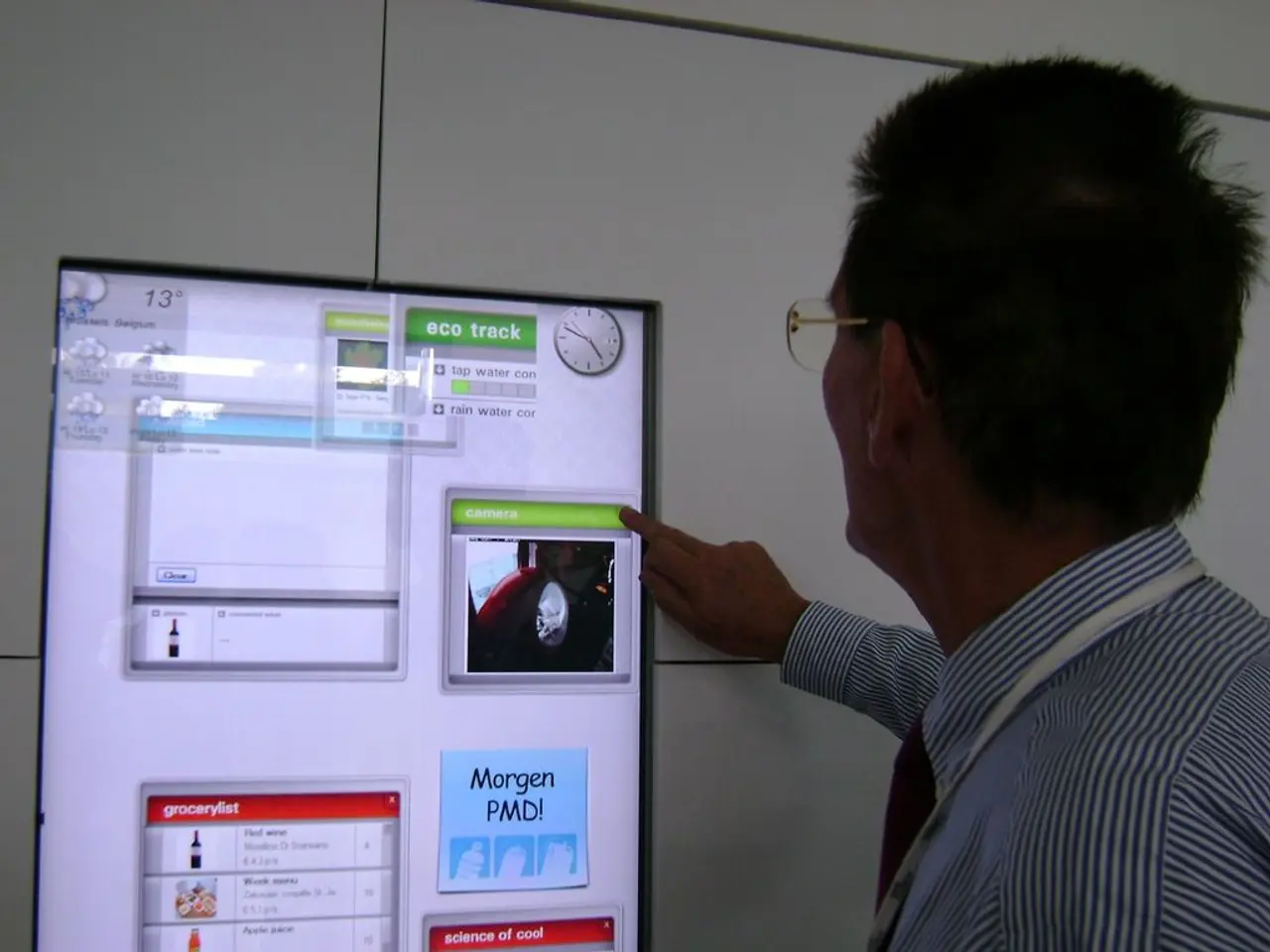Maintaining Alertness in Play: Keep Gazing, Just Don't Overdo It
In today's digital age, gaming is a significant part of many people's daily lives. However, prolonged screen time can lead to symptoms such as dry eyes, headaches, and blurred vision. To combat these issues, the Kuratorium Gutes Sehen (KGS) has provided a series of tips to prevent problems caused by prolonged screen usage.
Beyond the well-known 20-20-20 rule and regular blinking, here are additional strategies to reduce eye strain:
- Adjust screen brightness and contrast: Match your screen's brightness and contrast with your ambient lighting. Medium to high contrast (e.g., black text on white or light gray background) is optimal.
- Optimize screen positioning: Keep your screen about 20-28 inches away, with the top of the screen at or slightly below eye level so you look slightly downward.
- Control glare: Use anti-glare screen filters, adjust blinds, or reposition monitors to avoid reflections and harsh light sources.
- Use appropriate lighting: Employ soft, even lighting instead of harsh overhead lights or direct sunlight. Position desk lamps to illuminate papers, not screens, to reduce glare.
- Maintain proper posture and ergonomics: Ensure your chair, desk, and screen setup support a comfortable, neutral position to reduce neck and shoulder strain.
- Increase text size and adjust font settings: Reduce squinting and effort needed to read on-screen content by increasing text size and adjusting font settings.
- Hydrate well: Stay hydrated to avoid dry eyes. Environment factors like air conditioning or fans can dry eyes more quickly, so avoid direct airflow to your face and consider artificial tears if needed.
- Use blue light filters or glasses: Reduce blue light exposure from screens, which can contribute to eye fatigue and interfere with sleep patterns, by using blue light filters or glasses.
- Take longer breaks periodically: Step away from screens for 5-10 minutes every hour and balance screen activities with outdoor time or activities involving different eye focus distances.
- Be aware of and treat any uncorrected vision problems: Consult an eye care professional as needed if you have any vision problems that make focusing on screens harder.
- Looking away from the screen: Relaxes the eye muscles and reduces visual stress. The KGS recommends looking away from the screen every 20 minutes.
- Purposefully lose focus: One of the tips provided by the KGS is to purposefully lose focus while using digital devices.
- Blink occasionally during gaming: Decreased blinking during gaming can lead to dry and irritated eyes. It's important to blink occasionally to keep the eyes moist.
- A bit of daylight: A bit of daylight from the side or an indirect light source behind the monitor is suitable for gaming. There should never be a lack of light in the room when gaming.
These strategies collectively support eye comfort and reduce digital eye strain during extended screen use. Remember, it's not just about following the 20-20-20 rule and blinking regularly. By implementing these tips, you can enjoy your gaming sessions more comfortably and avoid potential eye-related issues.
While focusing on maintaining eye health during gaming, it's equally important to consider other aspects of health and wellness. For instance, prolonged screen time can also exacerbate medical conditions like headaches and migraines. To ensure Overall health and wellness, taking breaks to stretch and stay hydrated is essential.
Moreover, it's vital to address mental health concerns. Gaming can sometimes lead to addiction, impacting a person's productivity and overall wellbeing. Practicing mindfulness, limiting gaming hours, and maintaining a balanced lifestyle can contribute to improved mental health and overall well-being.
Lastly, some scientific research suggests that prolonged screen time might affect sleep patterns due to the emitted blue light from devices. To combat this, using blue light filters or glasses can be beneficial for a good night's sleep and overall eye health.




